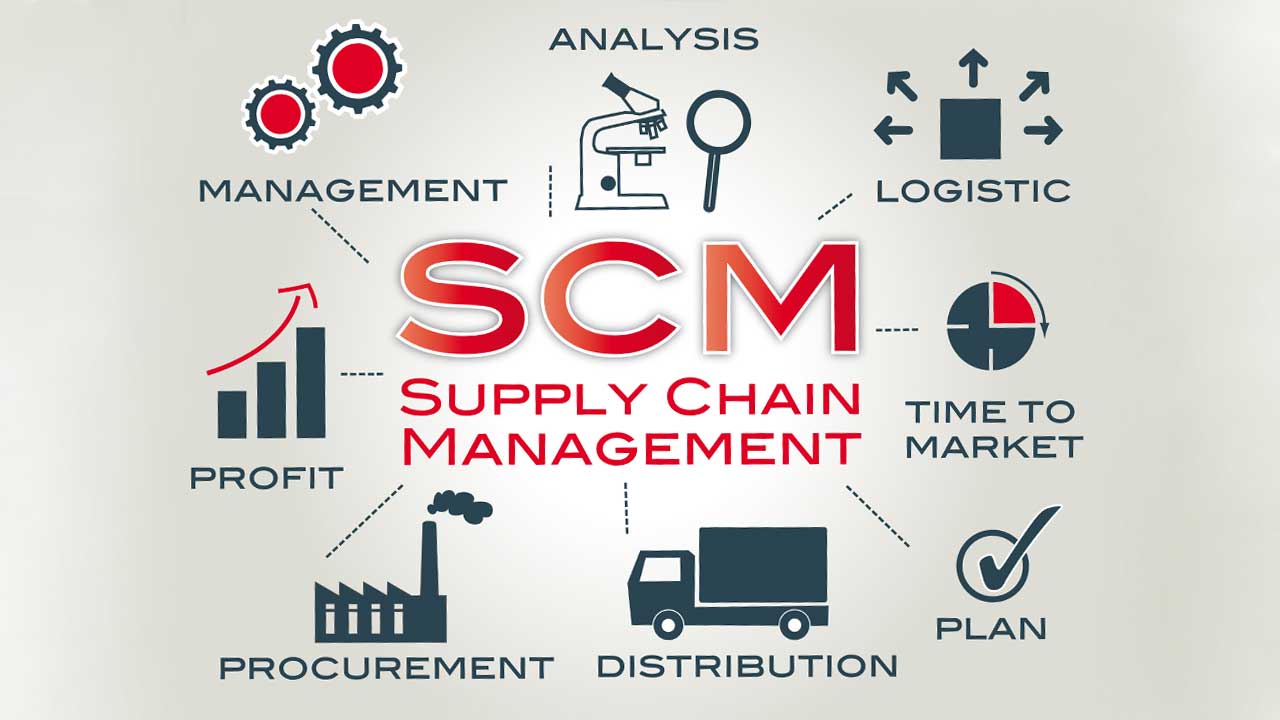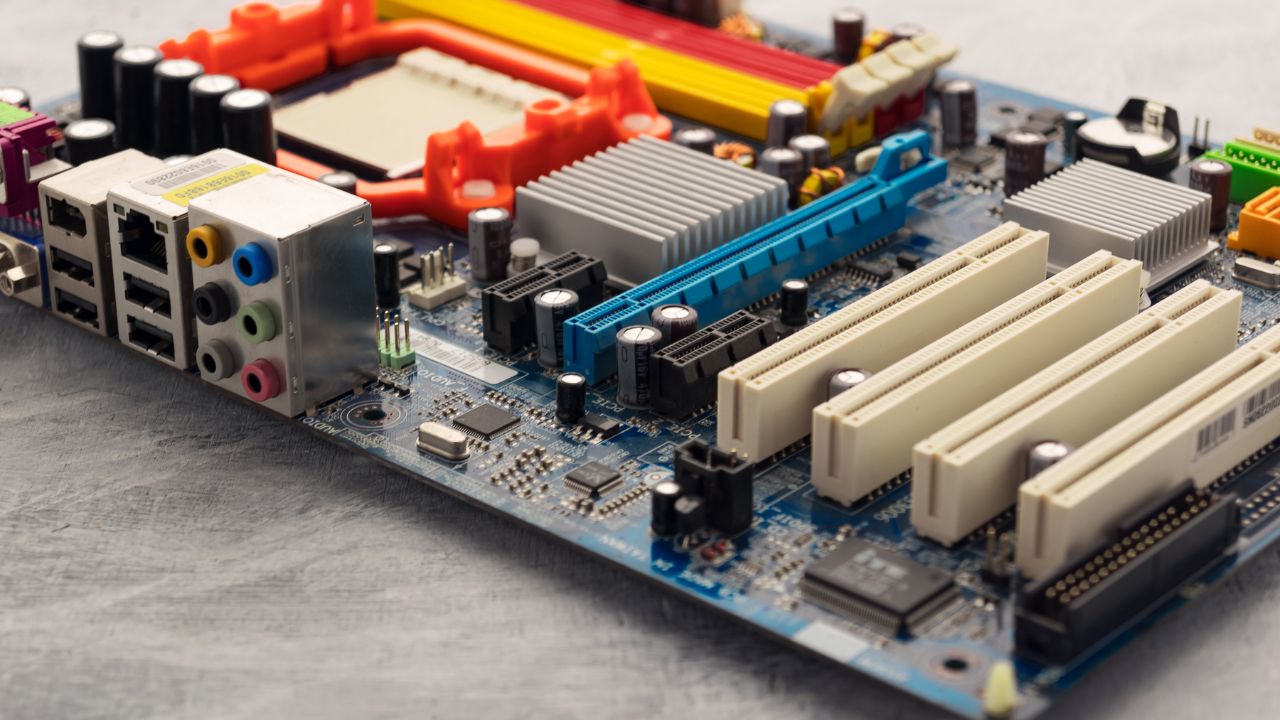A Graduated Payment Mortgage (GPM) is a type of home loan designed to help borrowers who expect their income to increase over time. It offers lower initial payments that gradually increase over a specified period before leveling off for the remainder of the loan term. This mortgage option can be particularly attractive to young professionals or those in the early stages of their careers.
However, like any financial product, GPMs come with both benefits and risks. Understanding these can help potential borrowers make informed decisions about whether this type of mortgage is right for them.
Benefits of a Graduated Payment Mortgage
Among the benefits of graduated payment mortgage include:
1. Lower Initial Payments:
One of the primary benefits of a GPM is the lower initial monthly payments. This feature makes homeownership more accessible for borrowers who may not yet have a high income but expect their financial situation to improve in the future. The lower initial payments can ease the financial burden during the early years of homeownership.
2. Affordability for First-Time Buyers:
A Graduated Payment Mortgage can be particularly beneficial for first-time homebuyers who are often younger and in the early stages of their careers. The lower starting payments can help them afford a home sooner than they might with a traditional fixed-rate mortgage, allowing them to build equity and benefit from potential property value appreciation.
3. Predictable Payment Increases:
Unlike adjustable-rate mortgages (ARMs), where payment changes can be unpredictable and tied to interest rate fluctuations, GPMs have scheduled and predictable payment increases. Borrowers know exactly how much their payments will rise and when, allowing for better financial planning and budgeting.
4. Qualification Flexibility:
The lower initial payments might help some borrowers qualify for a mortgage when they might not qualify for a higher initial payment required by a traditional mortgage. This can be especially advantageous for individuals with limited savings or those who are in professions with a clear trajectory for income growth, such as medical residents or junior associates in law firms.
5. Potential for Future Financial Stability:
cFor borrowers who anticipate steady income growth, a GPM allows them to secure a mortgage based on their current financial situation while planning for increased payments in the future. This can be a strategic choice for those who expect to be in a much stronger financial position within a few years.
Risks of a Graduated Payment Mortgage
1. Payment Shock:
The most significant risk associated with a GPM is the potential for “payment shock” when monthly payments increase. If a borrower’s income does not rise as expected, the higher payments could become unaffordable, leading to financial stress or even the risk of foreclosure.
2. Negative Amortization:
In the early years of a GPM, the monthly payments may be lower than the interest accruing on the loan. This can result in negative amortization, where the loan balance actually increases over time instead of decreasing. Borrowers need to understand this risk and be prepared for the possibility that their equity in the home may not grow as quickly as it would with other loan types.
3. Long-Term Costs:
While the initial lower payments can make a GPM attractive, the overall cost of the loan may be higher compared to a traditional fixed-rate mortgage. The scheduled increases in payments and potential for negative amortization can lead to higher total interest payments over the life of the loan.
4. Market and Economic Risks:
If the housing market declines or if there is an economic downturn, borrowers with a GPM might find themselves with a home that has decreased in value while still facing increasing mortgage payments. This situation can be financially challenging and may limit the borrower’s ability to refinance or sell the home without incurring a loss.
5. Qualification Criteria:
While GPMs can help some borrowers qualify for a mortgage, lenders still require assurance that the borrower will be able to handle the increased payments in the future. This means that borrowers may need to provide evidence of potential income growth, which can be difficult to predict accurately.
6. Refinancing Challenges:
Borrowers who find that their income does not increase as expected or who experience financial hardship might consider refinancing their GPM. However, refinancing can be challenging, especially if the borrower’s credit situation has worsened or if home values have decreased. Additionally, refinancing usually comes with its own set of costs and fees, which can add to the borrower’s financial burden.
Conclusion
A Graduated Payment Mortgage can be a beneficial option for borrowers who expect their income to rise significantly in the coming years. The lower initial payments make homeownership accessible and manageable in the short term, providing an opportunity to invest in property and build equity. However, the risks associated with GPMs, such as payment shock, negative amortization, and higher long-term costs, must be carefully considered. Borrowers need to realistically assess their future income potential and financial stability before committing to this type of mortgage.










